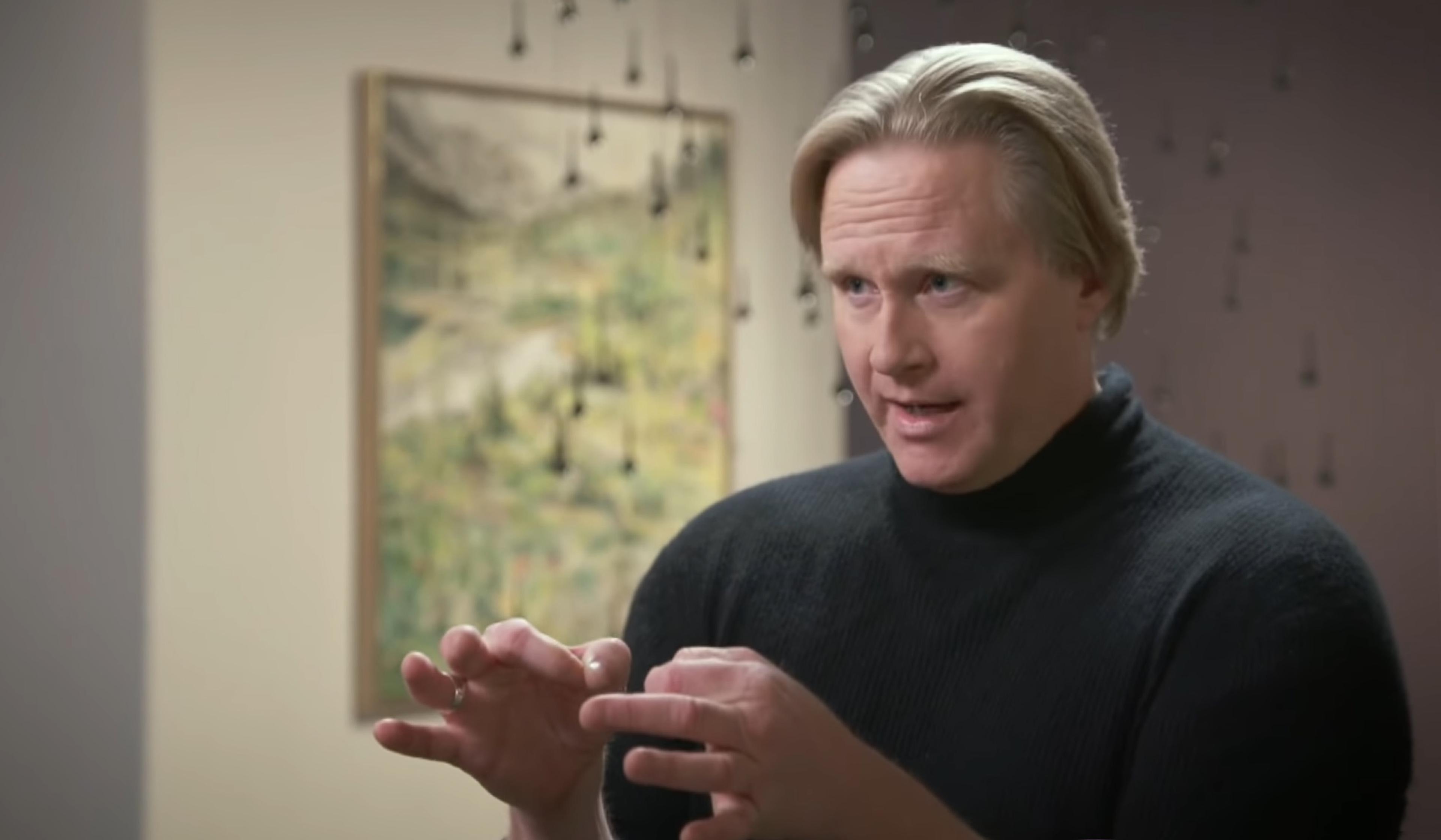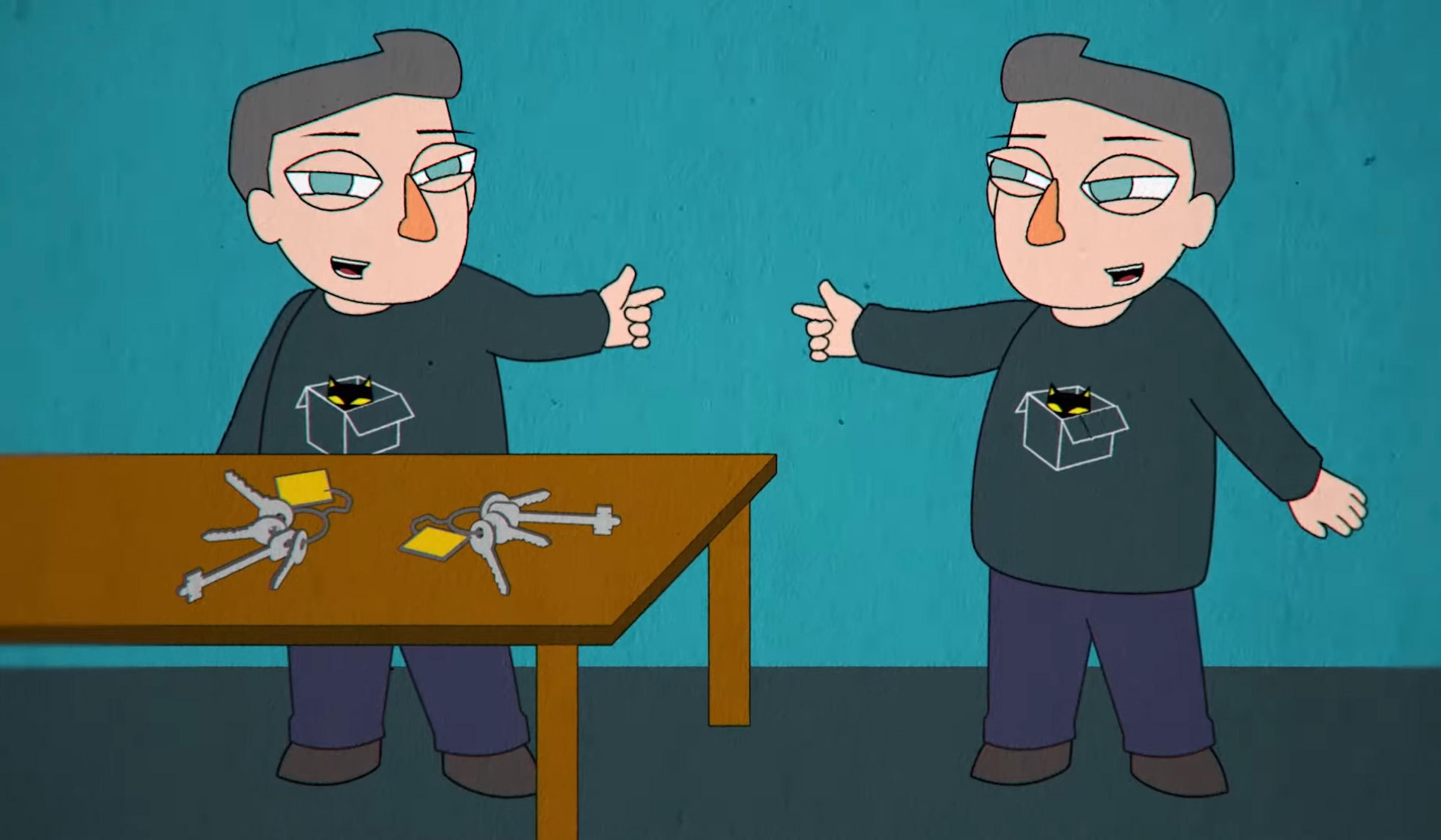Gravity retained a somewhat mystifying quality, even after the Newtonian revolution: how could one object affect another from great distances? The same could be said about light, heat and magnetism, which all seemed to jump through empty space. It wasn’t until the 19th century that the scientists Michael Faraday and James Clerk Maxwell made sense of these phenomena by developing electromagnetic field theory. With Faraday conceiving of electromagnetic fields and Maxwell expressing them with mathematics, the duo revolutionised physics by demonstrating how seemingly empty space isn’t so empty. In this animated short from MinutePhysics, the physicist Neil Turok of the Perimeter Institute in Ontario explains how Faraday and Maxwell revealed a hidden world that would lay the foundation for particle physics and help usher in our age of modern conveniences.
How two scientists built a bridge between Newton and Einstein in ‘empty’ spaces
Video by MinutePhysics
25 January 2019

videoQuantum theory
The physics revolution that started with the flicker of a lightbulb
4 minutes
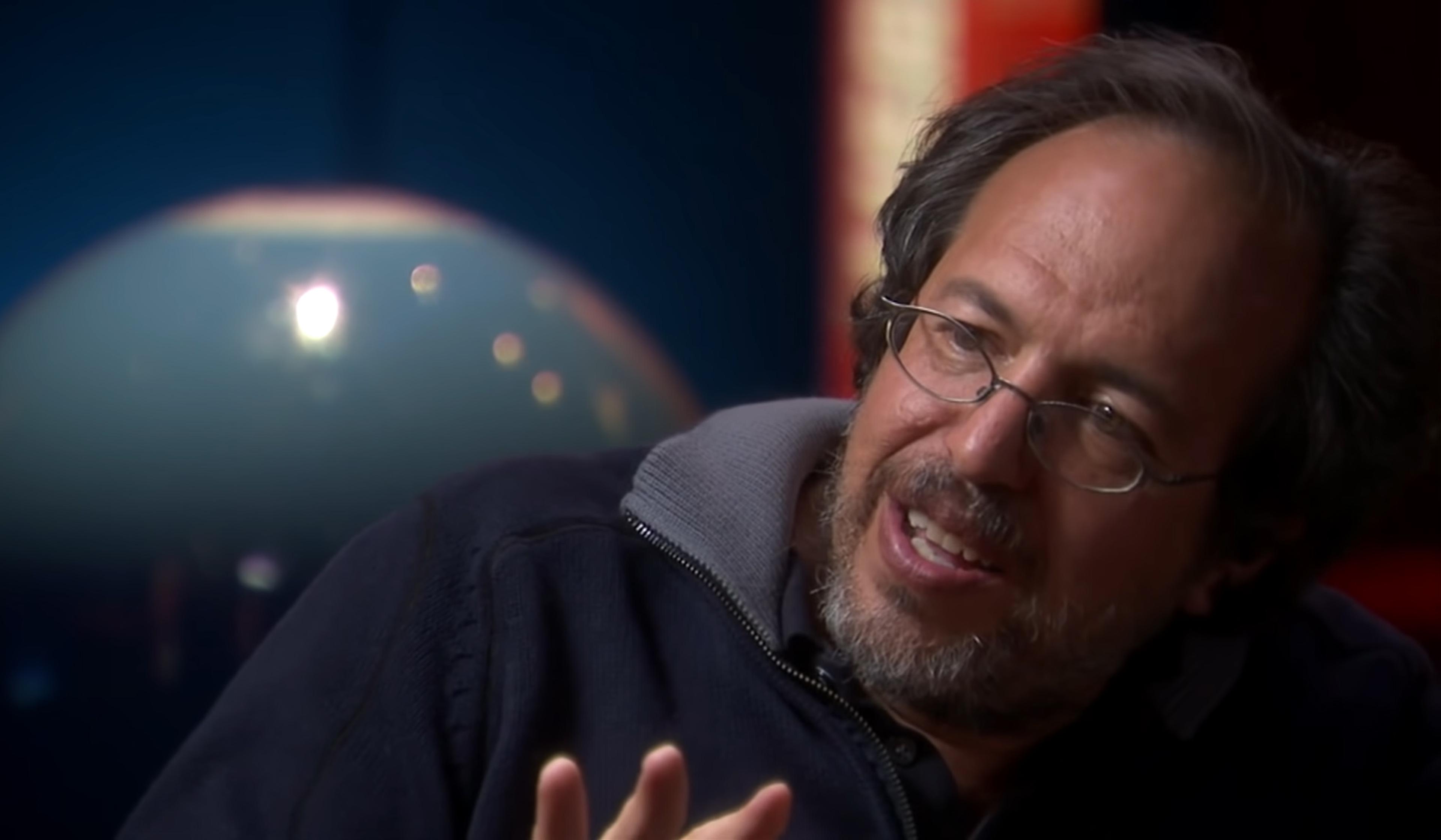
videoPhysics
Time is fundamental, space is emergent – why physicists are rethinking reality
9 minutes

videoPhysics
Logic tells us that antimatter should have annihilated the Universe. So why hasn’t it?
4 minutes
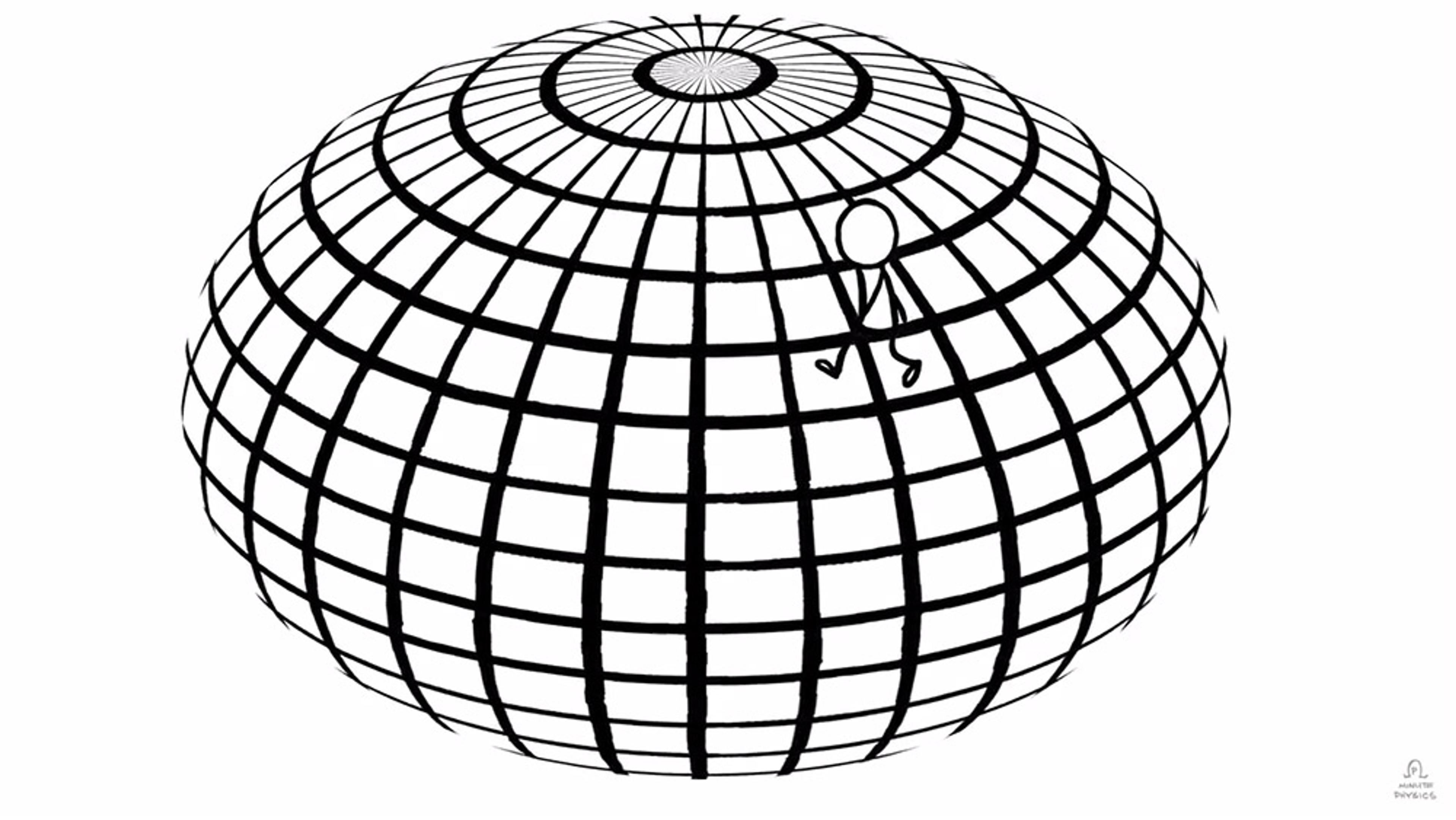
videoPhysics
Why the apparent flatness of space is an enduring cosmological mystery
4 minutes
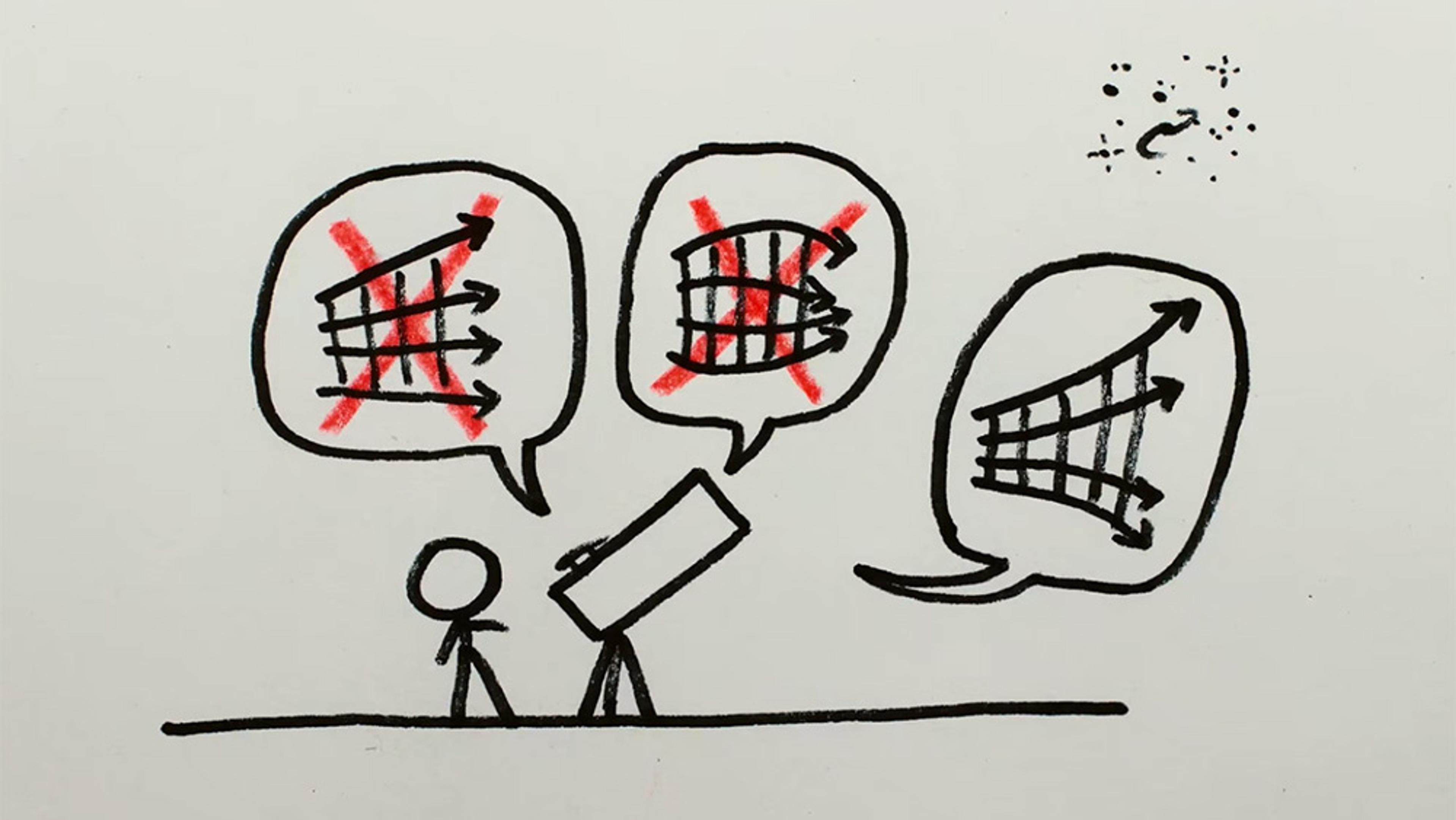
videoCosmology
Turns out that, even when Einstein was wrong, he was kind of right
6 minutes
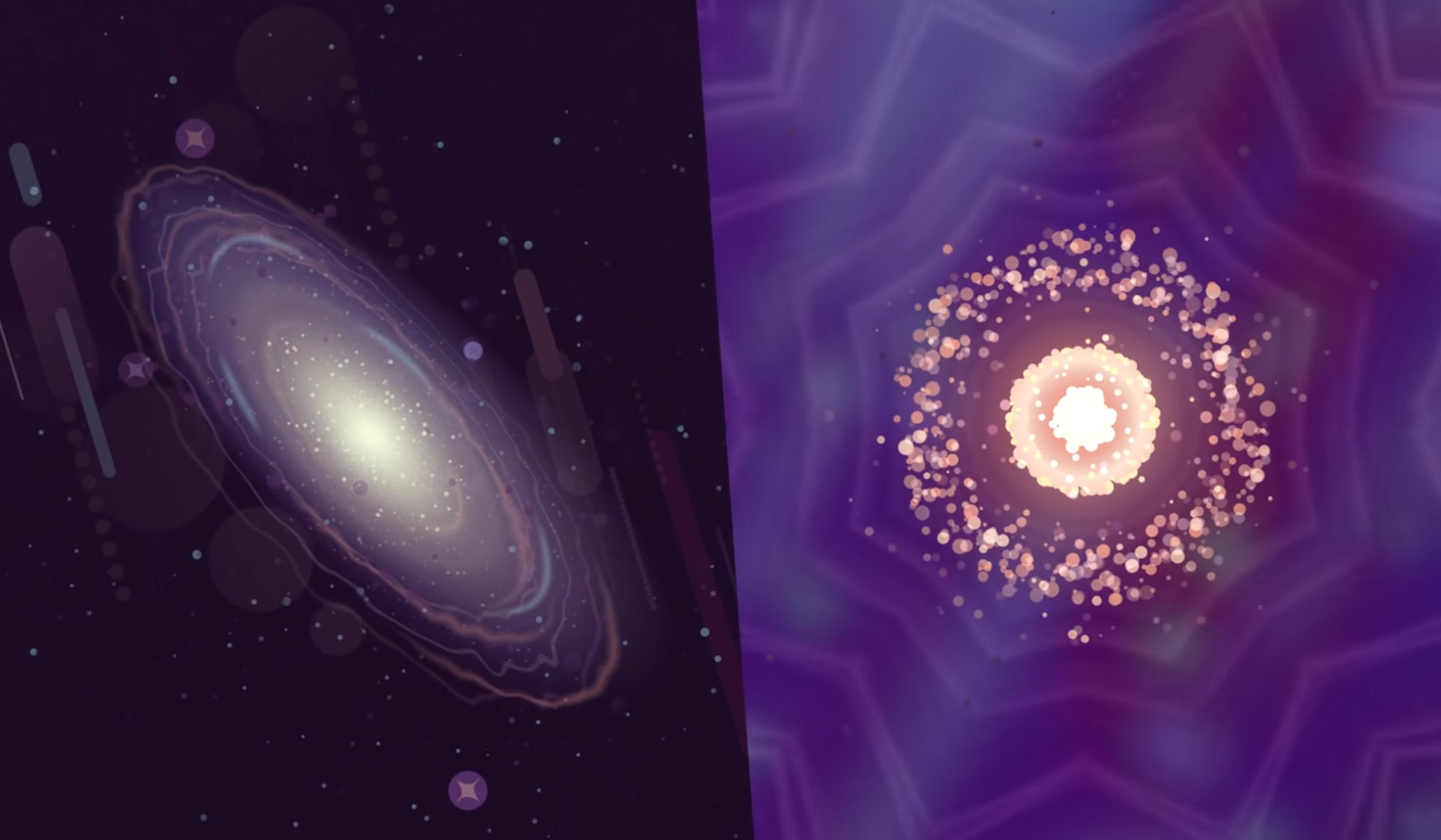
videoPhysics
There’s a striking link between quantum and astronomic scales. What could it mean?
5 minutes
